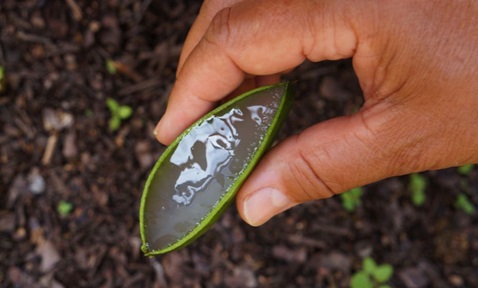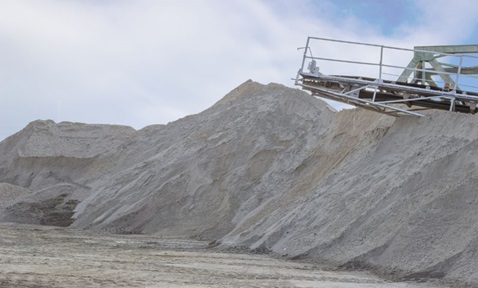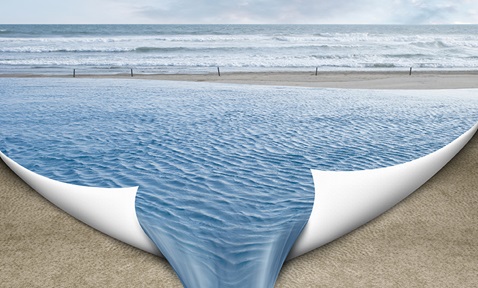
Strain Hardening Cementitious Composite Tactile Indicators for Enhanced Safety and Durability
Synopsis
This innovation introduces a strain-hardening cementitious composite (SHCC), a thin (less than 12 mm) cement-based tactile paving solution designed for outdoor applications with high skid resistance (greater than 50 BPN) and excellent impact resistance. Unlike porcelain tactile indicators, which are slippery and brittle, or concrete tactile paving, which is bulky and labour-intensive to install, this solution uses SHCC — a fibre-reinforced cementitious composite tile that offers superior toughness, flexibility, and fracture resistance. Its lightweight concrete tactile paving structure ensures easy installation while maintaining weather-resistant tactile paving performance in high-traffic environments.
Opportunity
Traditional tactile indicators are commonly made from porcelain or concrete, both of which have significant drawbacks. Porcelain-based tactile indicators pose a slip hazard, while concrete tactile indicators require greater thickness (40-60 mm) to prevent breakage, making them heavy and difficult to install.
This innovation provides a durable tactile paving alternative, achieving the thinness of porcelain tactile indicators while maintaining the strength and flexibility of ductile concrete. In Singapore, about 100,000 m2 of tactile indicators are used in pedestrian zones at major road junctions, with additional applications in HDB estates, industrial parks, universities, schools, hospitals, MRT stations and airports. Furthermore, about 39,000 m2 of tiles are expected to be required for upcoming footpath rejuvenation projects, presenting a significant market opportunity for weather-resistant tactile paving solutions.
Technology
This fibre-reinforced cementitious composite tile is developed using Strain Hardening Cementitious Composite (SHCC) technology, offering exceptional mechanical performance. For example, SHCC has a compressive strength exceeding 50 MPa, a flexural strength 3-5 times than conventional concrete (10-15 MPa) and a tensile strain capacity exceeding 3%, making it hundreds of times more ductile than standard concrete.
Unlike traditional tactile indicators, SHCC tactile indicators remain damage-tolerant, distributing stress without sudden fracture. When overloaded, bendable SHCC tactile indicator deforms without failure, similar to ductile metals undergoing plastic deformation. This fracture toughness, comparable to aluminium alloys, eliminates the need for steel reinforcement, reducing material costs and installation complexities. Additionally, the rough surface texture enhances slip-resistant tactile indicators, ensuring better frictional resistance than conventional porcelain or concrete tactile paving. This makes SHCC-based tactile indicators ideal for high-traffic outdoor environments, requiring less frequent repair and maintenance than traditional alternatives.
Applications & Advantages
Applications:
- Durable tactile paving for service roads, footpaths and high-traffic areas.
- SHCC tactile indicators for MRT stations, airports and public infrastructure.
- Lightweight concrete tactile paving for HDB estates, condominiums and commercial developments.
Advantages:
- Slip-resistant tactile indicators with high skid resistance (> 50 BPN).
- High fracture resistance and superior impact durability.
- Weather-resistant tactile paving for long-lasting outdoor use.
- Lightweight and easy to install, reducing labour costs.




.tmb-listing.jpg?Culture=en&sfvrsn=40b426f_1)
.tmb-listing.jpg?Culture=en&sfvrsn=29c7e020_1)
.tmb-listing.jpg?Culture=en&sfvrsn=55153609_1)








